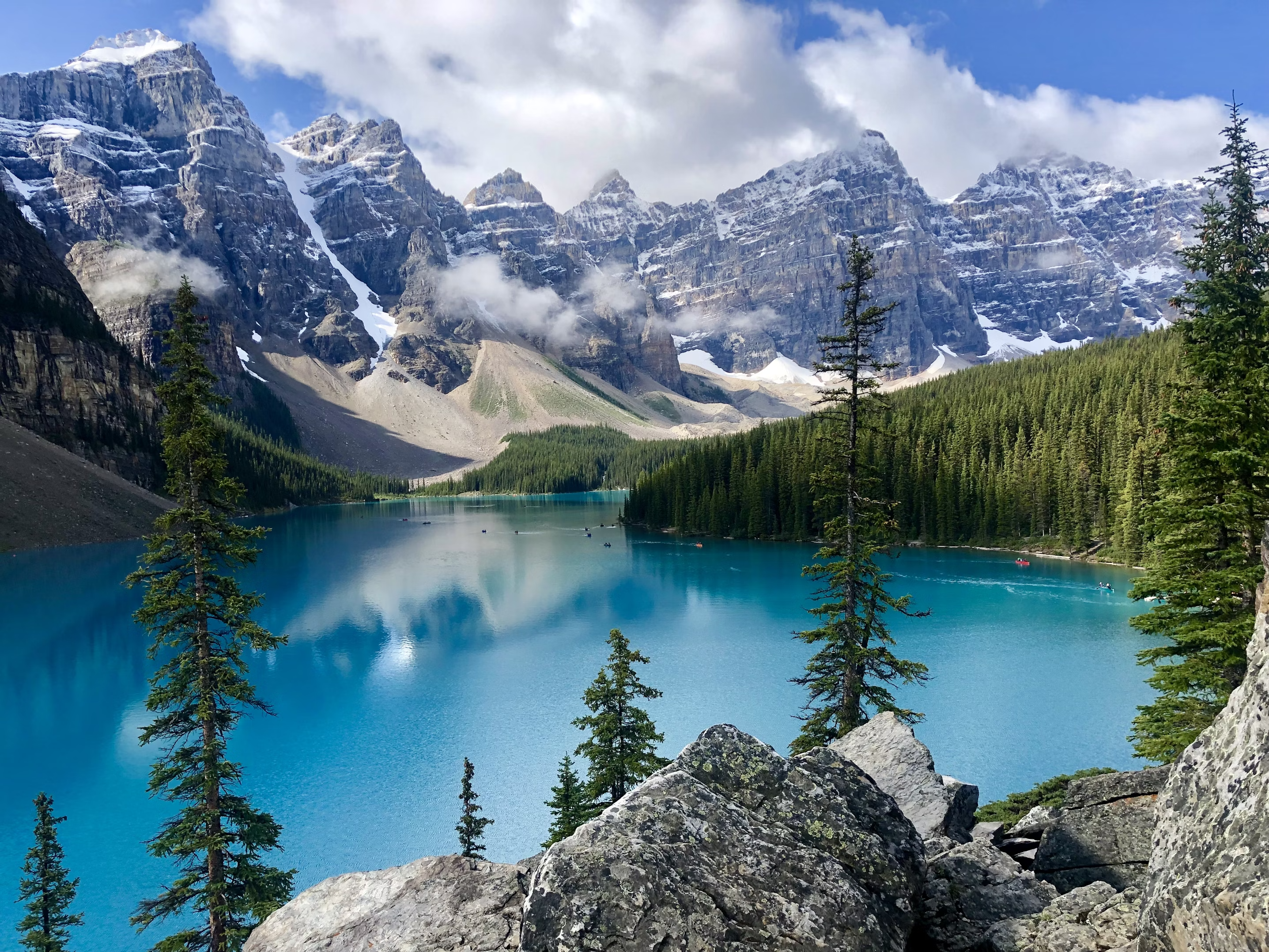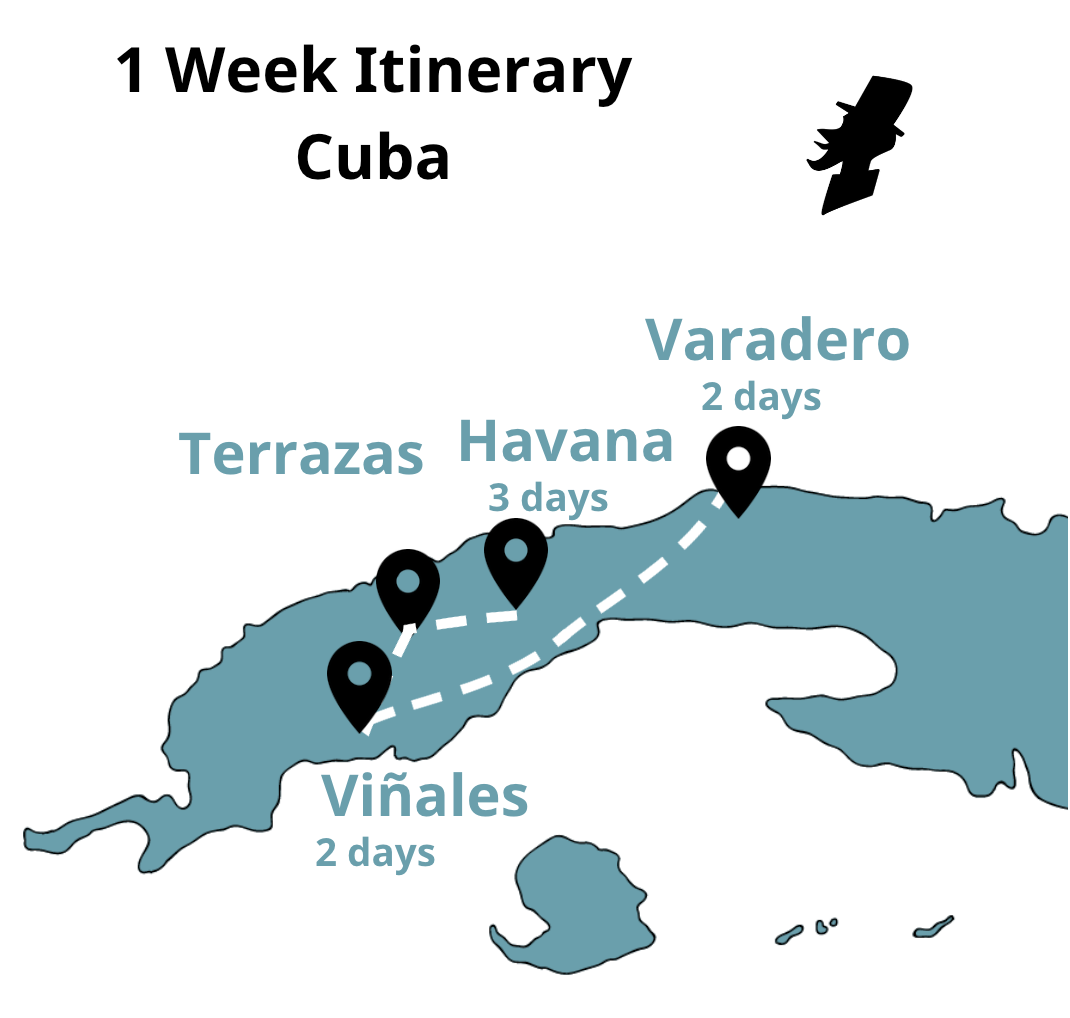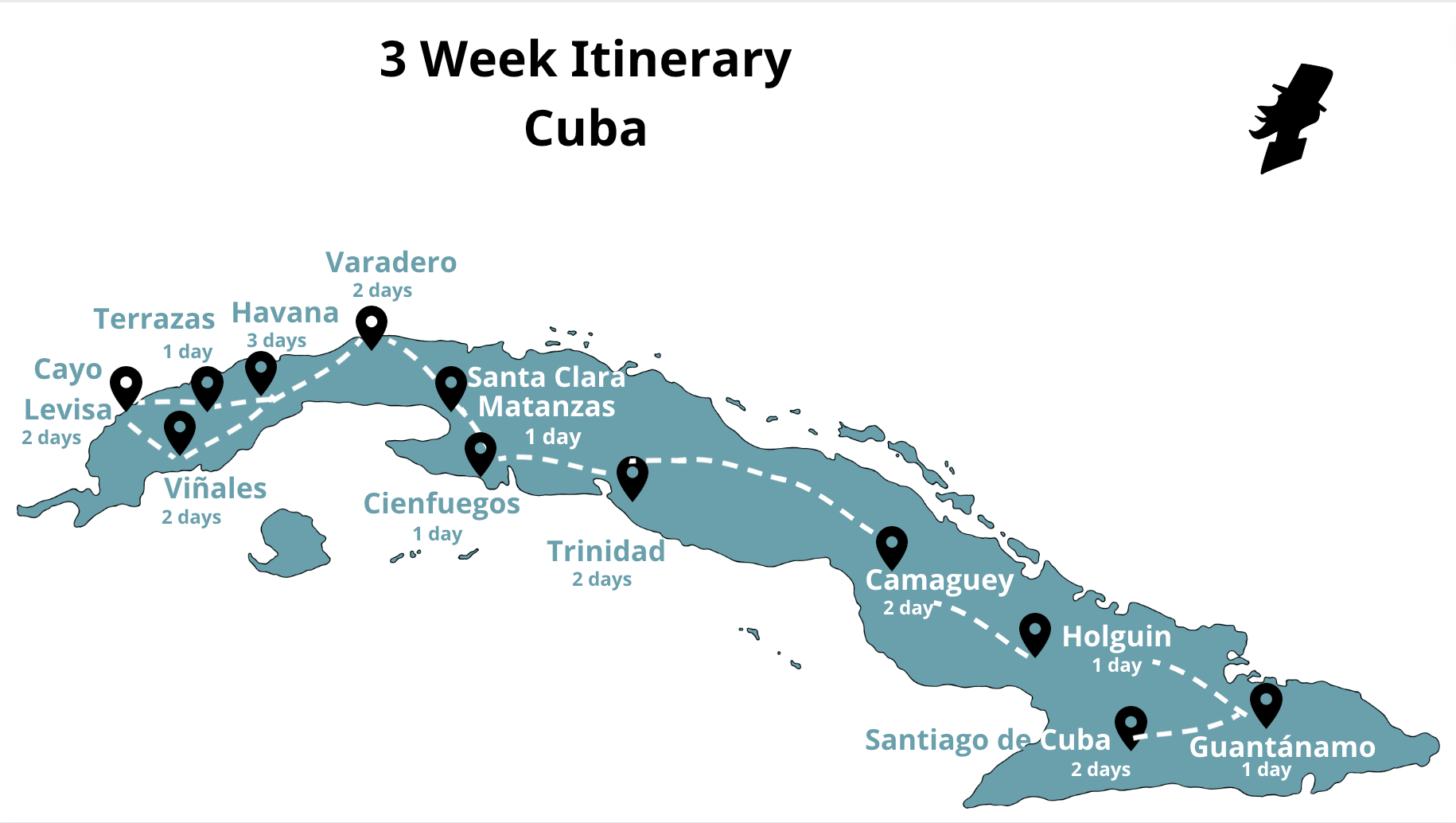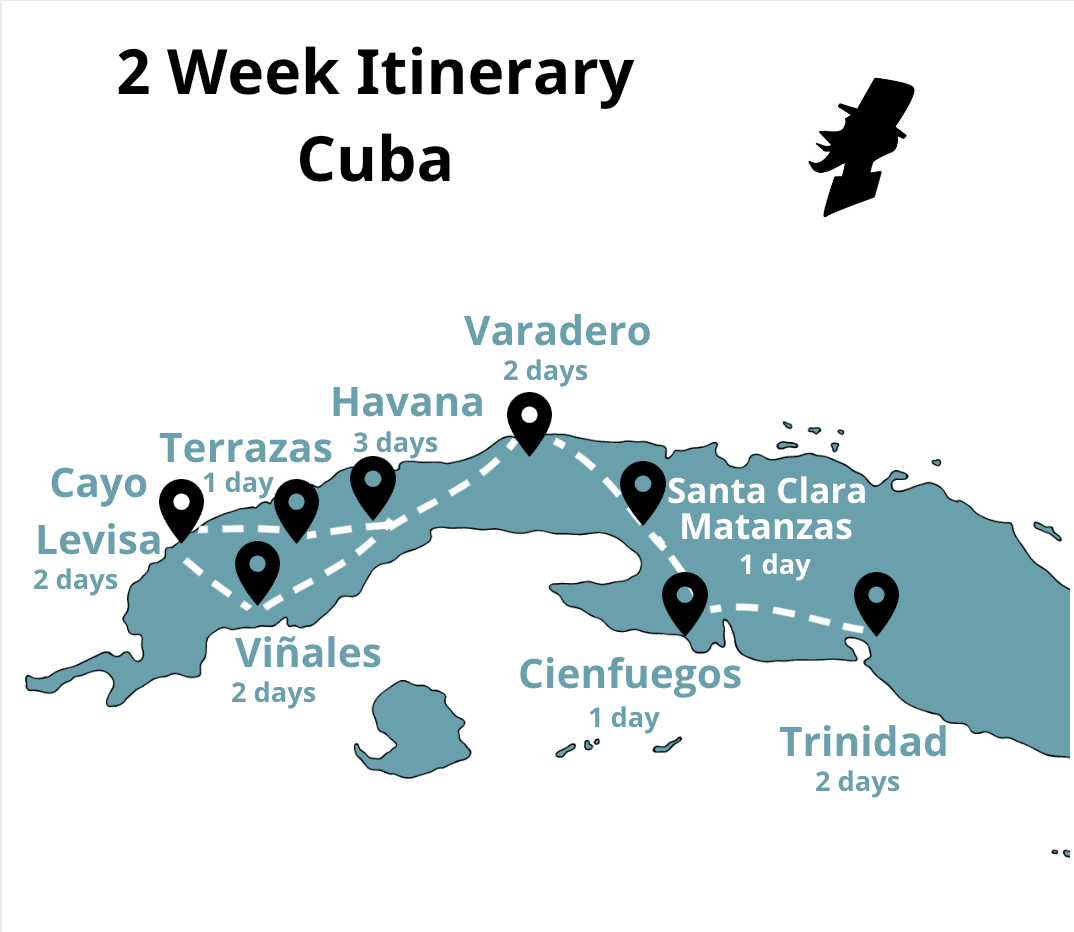In this first episode I want to talk about my everything you need to know to travel to Colombia. Although many people know my country for “Narcos” or for the bad reputation of Pablo Escobar, we have much more to offer, and I will start by giving a brief economic, political and social context of the country.
Economic Context of Colombia
First I will start with the economic side. Colombia has a population of 50 million people distributed in the 32 departments, which are located in 5 regions. The country’s GDP is approximately $270 billion, which results in a GDP per capita of $5,300. This means that, on average, each person produces or owns US$5,300 per year, a figure slightly below the region’s GDP per capita.
Approximately 70% of Colombians live on one minimum wage or less per month, which means that 70% of Colombians have only about $250 to live on each month. In addition, our poverty and extreme poverty figures have risen sharply due to the pandemic. It is estimated that 45% of the population is in poverty, which means living on less than $5.5 a day.
Although Colombia’s economy may not sound very strong, it is one of the most stable in the region, and this can be seen in our inflation levels, which have remained relatively constant over the years. In addition, we are one of the few countries in the region that have not experienced a period of hyperinflation.
We also have our debt very controlled, unlike countries such as Argentina or Brazil. Our local currency is called “Colombian peso”. Currently, 1 dollar is equivalent to 4500 Colombian pesos. Although this may sound like a lot of money, it is because in Colombia all our currency has “mil”. For example, a meal may cost 20,000 or 30,000 pesos, a bottle of water 2,000 pesos. But it would be proportional to say that a bottle of water in the United States costs 2 dollars. If you take away the “thousand”, it is easier to calculate the proportion of costs.
Like other Latin American countries, we are a commodity exporter, which means that we export raw materials to other countries, such as food, metals or different materials that may be needed to manufacture other products. A surprising fact is that around 45% of our exports depend on products derived from oil or coal. This means that almost half of our exports are tied to oil, which is not good news for the future considering the trends towards the use of renewable energies. However, we also have other very good export products, such as gold, flowers and coffee. We are the largest producers of roses in the world and the third largest producers of coffee.
In addition, our coffee is recognized worldwide for its quality and flavor. If you have not yet tasted Colombian coffee, you should definitely do so. Coffee production is an important part of our economy and represents a source of employment for many families in rural areas.
In terms of international trade, Colombia has several trade agreements with different countries and regions, which allows us to access foreign markets and diversify our exports. We have free trade agreements with the United States, Canada, the European Union and many other countries in Latin America and Asia. These agreements have boosted the growth of sectors such as manufacturing, agriculture and tourism.
Social and Political Context
Turning to the political and social context, Colombia is a democracy with a presidential system. Our president is the head of state and government, and is elected through popular elections every four years. The Congress of the Republic, made up of the Senate and the House of Representatives, is in charge of legislating and representing the interests of the population.
However, our country has faced challenges in terms of security and violence for decades. Although the situation has improved significantly in recent years, there are still areas affected by armed conflict and the presence of illegal groups. The government has implemented policies and strategies to promote peace, reconciliation and the protection of human rights.
Colombia’s cultural and ethnic diversity is another highlight of our country. We have a rich mix of indigenous, African and European influences, which is reflected in our music, art, gastronomy and festivities. Each region has its own traditions and customs, which makes Colombia a fascinating place to explore and learn about.
Other social aspects of the country to highlight are: biodiversity, music and food. First, in terms of biodiversity, Colombia is the second most biodiverse country in the world! We have the first place in biodiversity of birds and orchids, the second place in biodiversity of plants, amphibians and butterflies, and the third place in species of palms and reptiles. A very interesting documentary about this biodiversity is called Colombia Wild Magic and is on Netflix, so I recommend you watch it if you like animals, plants and landscapes.
As for music, the second aspect I wanted to highlight, Colombia is known as the country of a thousand rhythms thanks to the diversity of sounds that identify the five regions. Did you know that approximately 1,025 rhythms have emerged in Colombia, grouped into 157 musical genres? Music is a crucial part of our lives as Colombians, and we have world renowned artists such as Shakira, Maluma J Balvin or Juanes. In another episode I will talk more in detail about music, its history, its variety and its rhythms.
The third important aspect in our society is food, as Colombia is also known for its variety of ingredients and dishes. Personally, what I like most about the food in Colombia is the amount of fruits we have, and most of them we have every day of the year. It is said that there are more than 400 fruits in the whole country, and there are some delicious ones that are not available in other countries, such as Lulo, gulupa, Maracuya or guava. We also have typical dishes such as arepas, empanadas, tamales, ajiaco, sancocho, or bandeja paisa. All these dishes are delicious, and highly recommended if you ever visit Colombia.
There are probably some celebrities you know who are from Colombia. Sofia Vergara, for example, is an actress from the city of Barranquilla. We have excellent athletes, who are the best at what they do like Nairo Quintana in cycling, Mariana Pajón in BMX, Catherine Ibarguen in jumping, Radamel Falcao in soccer and many others. In music, as I mentioned before, we are recognized as one of the most important countries for reggaeton and Latin rhythms. And in literature, we have a Nobel Prize with Gabriel Garcia Marquez, who I will talk about in another episode with his most recognized current, magical realism. Now, for business, we are also a country full of innovation, and a few years ago Medellin was named the most innovative city in the world. We have big companies like Rappi, Nutresa, Sura and Argos, which are present in most Latin American countries. So, although Pablo Escobar was famous, that was last century, our country and our society is growing, and it is becoming more and more different from that world of drugs that once was, so you should give him a chance, to know all the magic that he has inside.
Travel Tips for Colombia
If you are planning a trip to Colombia you should think about 3 things: travel requirements, climate and destination.
1. Consider Travel Requirements
First, we all know that covid has added many travel restrictions. As of today, February 2021, Colombia is requiring everyone entering the country to be fully vaccinated. If you only have one dose, or if your last dose was given in the 14 days prior to your travel, a negative PCR test done 72 hours (or less) prior to travel is required. In addition to that, many places (such as restaurants, cinemas or theaters) may require your vaccination certificate to enter, so I recommend having a virtual version, or having the certificate with you to make the most of your visit.
2. What is the weather like in Colombia?
The second thing to consider is the climate, which is very important. Colombia has no seasons, and all year round the weather is similar. But in each city the weather is very different. If you come to Bogota, the capital, the weather will always be relatively cold, around 16 degrees Celsius, or 60 fahrenheit. This happens because Bogota is a city between the mountains, we have an elevation of 2600 meters above sea level, and because of that, the city is cold, has rain sometimes, or very strong sun, and you can have a little difficulty breathing. Medellin, another tourist city in Colombia, has the perfect climate. This city is normally 24 degrees Celsius, or 75 fahrenheit. It is known as the “city of eternal spring”, because the weather is very good, and it has lots of flowers. But, if you go to Cartagena, the weather already starts to get very hot. Even if you have beaches, it is usually going to be 30 degrees Celsius, or 85 fahrenheit. Tourists usually visit these three cities, but they don’t know the differences in climate! That is why my recommendation is that you bring clothes to wear as “layers”. This means, t-shirts, jackets, and jackets. The t-shirts you can wear in Cartagena or Medellin, but in Medellin you could wear the jacket if it gets colder at night, and on top of those two you could wear the jacket in Bogota. That way you are prepared for any weather! And don’t forget the sunscreen! In Colombia we have 12 hours of daylight every day, so get ready to enjoy the sun.
3. Which Places to Visit in Colombia
Finally, the last thing to consider for your trip is the destination. Although I mentioned before 3 very popular cities: Bogota, Medellin and Cartagena, there are many other places that you can include in your trip. For example, we have the coffee zone, with several cities surrounded by coffee farms, birds, and other plantations. This area is very popular for its beauty and tranquility. Here you can also visit the Cocora Valley, which has the tallest palm trees in the world (and it is believed that in a few years these palms will cease to exist). If you want a beach, you don’t only have to go to Cartagena, there are other cities nearby like Santa Marta or Barranquilla where you can also enjoy the Caribbean Sea. If you want more virgin beaches you can also visit the Guajira. Here you will find a lot of nature, and it is one of the best kept secrets of Colombia for tourists, because not many people go there. If you would like to go to another sea, the pacific ocean for example, you can also visit it in Colombia if you go to Choco. Here you can see the humpback whales in the month of August, as they pass by the nearby beaches on their migration from north to south.
If you want to see snow, you can climb some of the mountains we have, such as the Sierra Nevada de El Cocuy. If you want to go to the jungle you can visit the Amazon, with all its variety of animals and indigenous communities. If you would like to be more amazed by nature, you can visit the river of the 7 colors, which is located in La Macarena and changes color with the sun. Or, if you want to go scuba diving, and see different marine animals, you could go to the islands of San Andres and Providencia. Here we have one of the largest coral reserves in the world, and you can also observe sea turtles.
If cities are your thing, and you prefer to just travel around the cities, and not visit much more nature, you can visit other cities like Bucaramanga and Cali, where you can get to know music and food different from the rest of the country. As you can see, there is a lot to see in Colombia.
For more information about destinations, check out my 2 Week Colombia Itinerary
Conclusion
In the next chapters I will tell you about some of the places I have already visited, and I will guide you on a magical journey through my country. I hope that after listening to all this about Colombia, you already know a little more about the country, comment what surprised you the most, share my content with someone else so he or she can also learn about Colombia and leave me a review to know what you thought of this episode, I’ll see you next week to tell you more about my city, Bogota.




